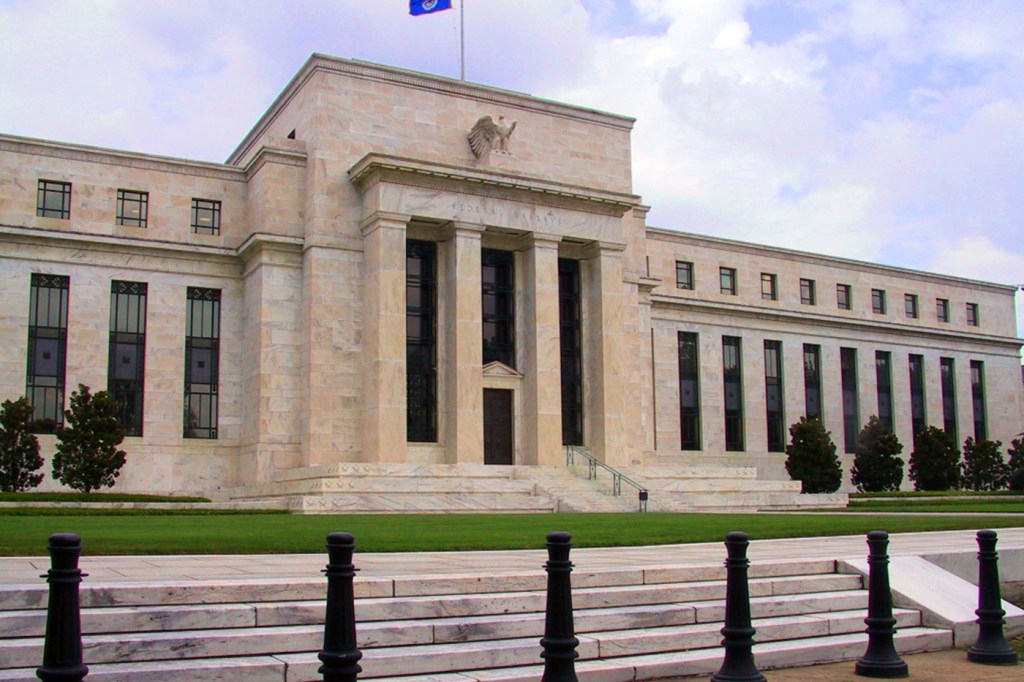3Qs: Why the Fed maintained interest rates, and what it means


After much speculation, the Federal Reserve on Thursday announced that it would not increase U.S. interest rates. The central bank has kept rates near zero since December 2008 in an effort to bolster economic growth in the wake of the Great Recession. We spoke with William Dickens, University Distinguished Professor of Economics and Social Policy and chair of the Department of Economics at Northeastern, about the factors contributing to the Fed’s decision.
There had been much speculation that the Federal Reserve might raise interest rates for the first time since June 2006. What motivated the decision to hold the line?
The main factor cited by Janet Yellen in the announcement of the decision was the slowdown in the world economy—particularly uncertainty about the situation in developing nations due to a slowing of the Chinese economy. However, behind this was considerable uncertainty about how much room might still be left for expansion of the economy. For instance, new claims for unemployment insurance are very low even for a strong recovery, while the fraction of the working age population employed is still considerably below the level at the start of the Great Recession. Many of the members of the committee that makes these decisions would like to see the Fed press hard for more expansion to be sure that there aren’t still many people who might return to work if there were enough jobs.
What impact, if any, might this decision have on the economy in the short term?
Not much. The main way interest rate policy affects the economy is through its effects on things like mortgage rates and car loan rates. A quarter of a percentage point increase—what some were expecting—would hardly be noticeable. What matters more is the longer-term trend in policy. If the Fed had raised rates and signaled that it thought the economy was strong and that it was going to raise rates more in the future, then that would have had more of an effect. Builders might have thought twice before starting new projects and carmakers might have scaled back production. Such things then ripple through the rest of the economy. But that type of announcement was very unlikely given the circumstances that led to the decision to leave rates the same. Whether the Fed increased rates or left them the same, most observers were expecting them to express caution about their likely moves in the immediate future.
Did the Fed’s decision to lower interest rates a decade ago, amid the financial crisis, achieve the desired result? What does Thursday’s announcement reveal about that decision?
The situation in 2008-09 revealed the limits of using interest rates to control the economy in a low-inflation economy. With interest rates already fairly low, the Fed didn’t have enough bullets in its gun to quickly turn the economy around, thus the long and slow recovery. Once the interest rates were set nearly at zero, the Fed didn’t have much else left it could do. What the Fed’s low interest rates did—along with Congress’ 2009 stimulus, the Fed’s attempts to lower interest rates in certain bond markets through “quantitative easing,” and the efforts to keep the banking system intact that began under President Bush through the Troubled Asset Relief Program—was keep the economy from getting much worse. A lot of people saw the crisis in 2008-09 as having the potential of unleashing a second great depression. The Fed, the president, and Congress kept that from happening. Now that the economy has largely recovered from that catastrophe, the Fed is getting ready to start a return to a more normal interest rate regime. The decision today was to wait just a little longer before beginning that process.





